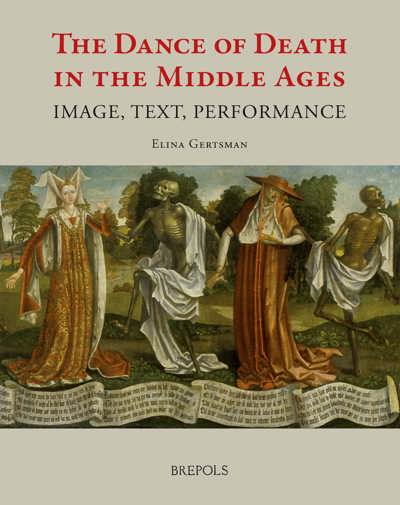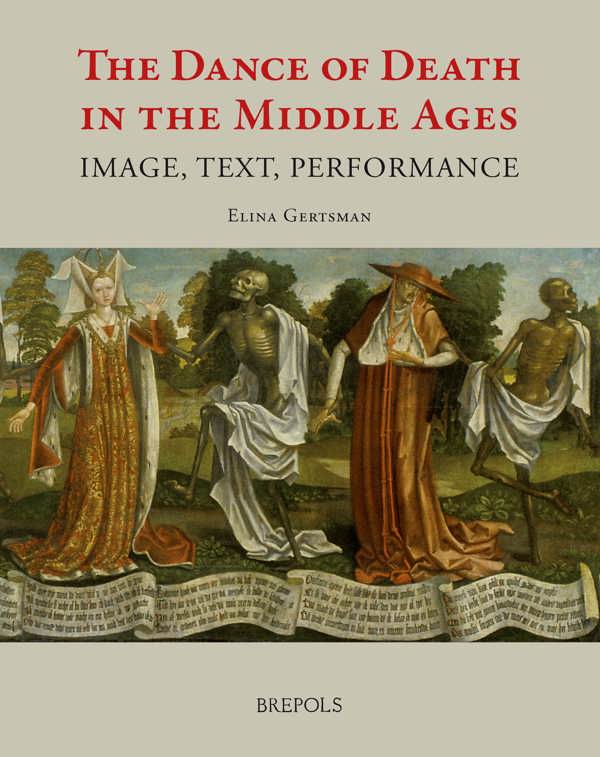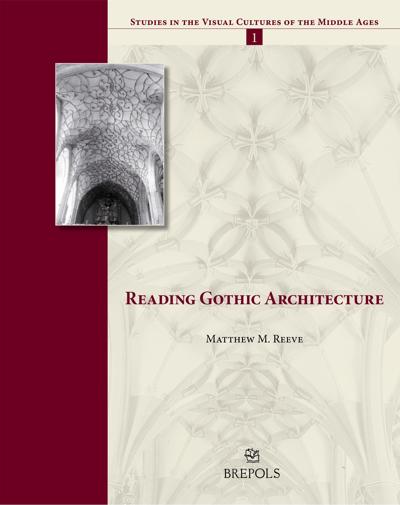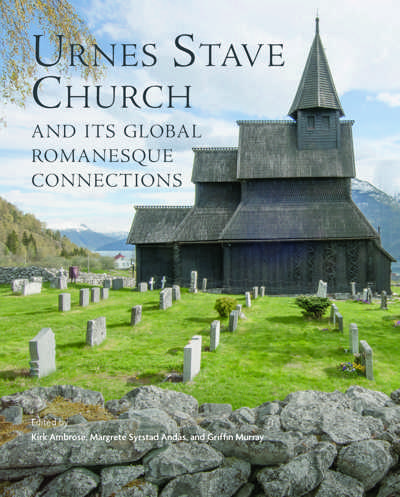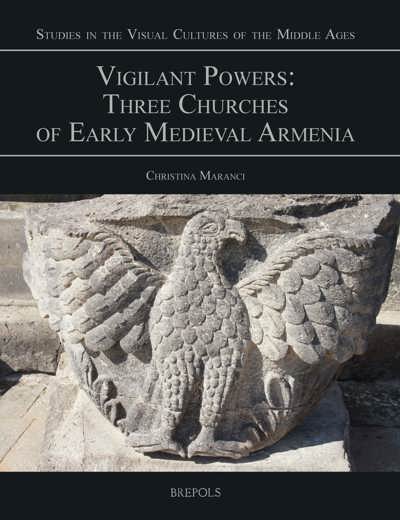
- Pages: 356 p.
- Size:210 x 275 mm
- Illustrations:149 b/w, 45 col.
- Language(s):English
- Publication Year:2010
- € 85,00 EXCL. VAT RETAIL PRICE
- ISBN: 978-2-503-53063-5
- Hardback
- Out of Print
Winner of the Medieval Academy of America's John Nicholas Brown Prize 2014
Winner of the ICMA-Samuel H. Kress Research Award 2009
"This book intelligently problematizes the macabre in late medieval culture. By setting the 15th c. dance of death motif within a carefully delineated European social and intellectual climate, Gertsman shows how and why "demotic" images enjoyed phenomenal prominence before the Reformation. A richly interdisciplinary study, The Dance of Death incorporates discussions of late medieval music, dance, painting, architecture, literacy, sermons, popular culture and religiosity, as well as modern semiotics and reception theory, to explain why monumental representations of the danse macabre resonated so deeply in the cultures of Mediterranean and northern Europe between about 1420 and 1520."
Extract from the jury report of the John Nicholas Brown Prize 2014 - The Medieval Academy of America
"In this illuminating and engrossing book, Elina Gertsman charts the emergence and flowering of the danse macabre in the fifteenth century by examining large-scale wall paintings in churches and cemeteries across Europe, and concludes by reflecting on the transformation of the theme in the sixteenth century, in Hans Holbein the Younger’s print series Les simulachres & historiees faces de la mort. The author is concerned throughout with developing a reception theory for the images, which is skilfully achieved through a combination of rigorous pictorial analysis, sensitivity to the specifics of location and a thorough examination of the accompanying texts in their original languages."
Amy Orrock, in HNA Reviews of Books
"Elina Gertsman's book is the definitive study of the European 'Dance of Death' [...]. In clear, vivid prose, Gertsman describes her subject as a vital part of a complex web of spiritual, literary, and artistic concerns. [...] We should applaud Gertsman for her vivid historical imagination. She respects the physical as well as the pictorial and textual nature of her subject. Any student of late medieval or modern spatial poetics would do well to emulate her evocation of the Dance of Death as a full sensory and bodily experience. It is an exemplary interpretive model."
Arthur J. DiFuria, in Renaissance Quarterly 64/3, Fall 2011, p. 922-923
"Admirable and well-written... an intellectually alert and up-to-date monograph that pays due attention to the international scope of the Dance of Death phenomenon and which is based on a clearly stated methodology, combining concerns of contemporary art history and literary studies, which neatly come together in the perspective of the viewer and the recipient and are understood in both a social and spacial context."
Nigel F. Palmer, in Studies in Iconography
"Elina Gertsman's voluminous and richly illustrated study provides one of the most comprehensive introductions to this topic and promises to become the standard reference work for this theme, particularly because she approaches her task from an admirably interdisciplinary perspective, taking into account the intriguing relationship between image, text, and viewer, considering the performative function of all 'Dance of Death' manifestations, including paintings."
Albrecht Classen, in: Mediaevistik, vol. 24, 2011, p. 623
Elina Gertsman’s multifaceted study introduces readers to the imagery and texts of the Dance of Death, an extraordinary subject that first emerged in western European art and literature in the late medieval era. Conceived from the start as an inherently public image, simultaneously intensely personal and widely accessible, the medieval Dance of Death proclaimed the inevitability of death and declared the futility of human ambition. Gertsman inquires into the theological, socio-historic, literary, and artistic contexts of the Dance of Death, exploring it as a site of interaction between text, image, and beholder. Pulling together a wide variety of sources and drawing attention to those images that have slipped through the cracks of the art historical canon, Gertsman examines the visual, textual, aural, pastoral, and performative discourses that informed the creation and reception of the Dance of Death, and proposes different modes of viewing for several paintings, each of which invited the beholder to participate in an active, kinesthetic experience.
Elina Gertsman is assistant professor at the Department of Art History and Art at Case Western Reserve University.
Winner of the Medieval Academy of America's John Nicholas Brown Prize 2014
Winner of the ICMA-Samuel H. Kress Research Award 2009
"Meticulously researched, convincingly argued, and lucidly written throughout (...)" Mitchell B. Merback, The Johns Hopkins University
"Elina Gertsman has produced a genuinely interdisciplinary study of a fascinating subject. An impressive strength of this book arises from the author’s wide-ranging expertise and excellent ability to analyze the Dance of Death poems in their original languages."
Pamela Sheingorn, The Graduate Center, City University of New York
